genetics
Latest

Gene editing could lead to a vaccine for arthritis
Right now, arthritis treatment tends to be an all-or-nothing proposition: the drugs you take affect your entire body, causing havoc with your immune system and leaving you prone to infections. But how do you narrow the treatment to just those areas where you feel pain? Genetics, apparently. Researchers have used CRISPR gene editing to turn stem cells into cartilage that releases a biological anti-inflammatory drug when they encounter inflammation. It not only limits treatment to the affected area, but responds only when there's a pain flare. You only get relief when you need it.

Recommended Reading: The genetics of better beer
You Want Better Beer? Good. Here's a Better Barley Genome Adam Rogers, Wired The beer industry certainly isn't hurting for money these days, but a group of scientists are trying to figure out how to make the beverage even better. They're doing so by breaking down the genome of barley, a key ingredient in the brewing process that that turns starch into sugar for yeast to transform into alcohol during fermentation. Wired has the story of how the geneticists could be on the way to improving suds for all of us to enjoy.

Scientists find a low-cost way to build genomes from scratch
To put it mildly, sequencing and building a genome from scratch isn't cheap. It's sometimes affordable for human genomes, but it's often prohibitively expensive (hundreds of thousands of dollars) whenever you're charting new territory -- say, a specific person or an unfamiliar species. A chromosome can have hundreds of millions of genetic base pairs, after all. Scientists may have a way to make it affordable across the board, however. They've developed a new method, 3D genome assembly, that can sequence and build genomes from the ground up for less than $10,000.
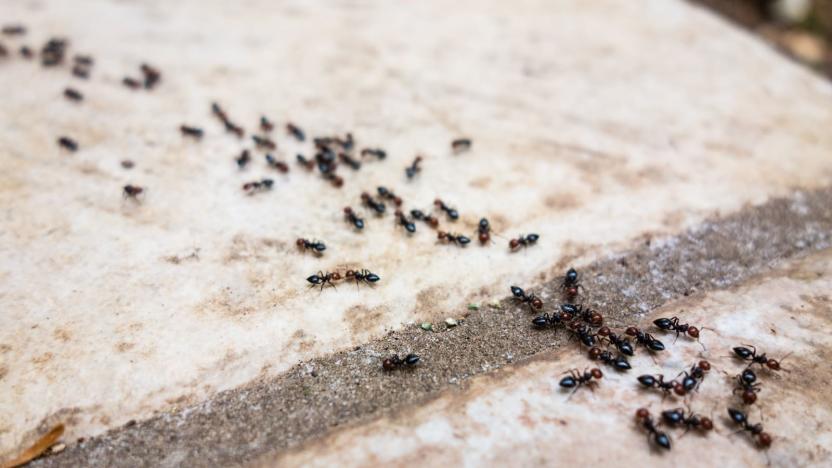
Gene-altered ants show how animal societies work
How much is societal behavior dictated by genetics? Scientists at Rockefeller University might just find out through ant colonies. They've modified the genes of clonal raider ants (not shown above) to see how the changes affect social behavior, both individually and on a grander scale. Knocking out genes for odorant receptors leads to "lone wolf" ants who wander by themselves for days, for example. The team keeps track of these exceptions by painting the ants in such a way that computers can track them all day, spotting even slight deviations from the norm.
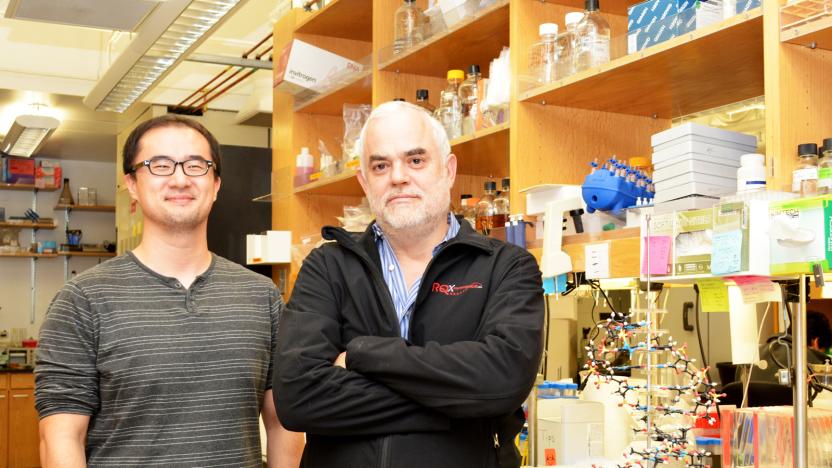
Scientists make a viable semi-synthetic organism
Scientists at the Scripps Research Institute have already created organisms with synthetic DNA letters, but they weren't ready for the real world when they couldn't even keep the artificial base pair in their genetic code. However, the team has made a lot of progress since then: they've produced the first stable semi-synthetic organism. The bacteria now holds on to its human-created X and Y bases while it grows and divides, much like the natural A, C, G and T bases. The key, researchers say, was to tweak existing techniques.

AI will shape health care plans for US veterans
American veterans needing health care are about to get help from an unusual source: artificial intelligence. The Department of Veterans Affairs and Flow Health have forged a 5-year alliance that will see the two build a massive medical knowledge graph (based on the records of 22 million veterans) that uses deep learning to customize health plans for vets. The system aims to identify the common genetic factors that make people vulnerable to given diseases and not only improve diagnoses, but recommend treatments on a case-by-case basis.
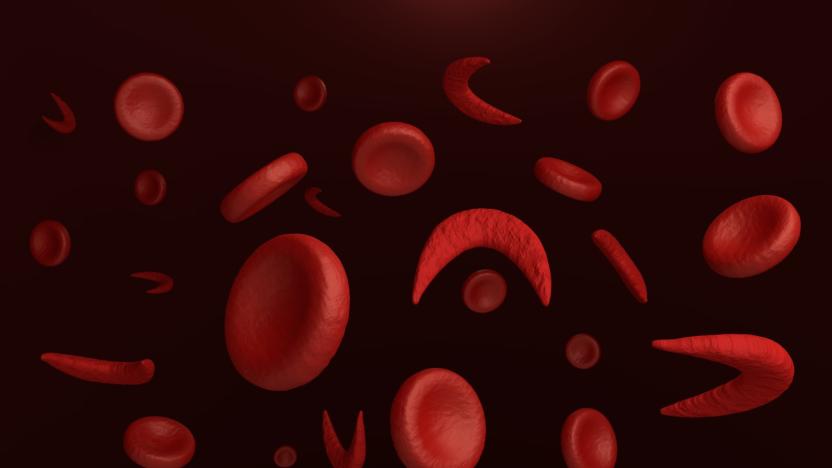
Stanford develops CRISPR-based therapy for sickle cell disease
A team of Stanford scientists are making great progress in their search for a cure for sickle cell disease, and they want to start human trials as soon as 2018. They used CRISPR to fix the mutated gene that causes the illness in human stem cells taken from actual patients. The CRISPR technique gave them a way to carve out the faulty part of the gene and replace it with the normal DNA sequence that was supposed to be there in the first place. That prevents previously affected red blood cells from transforming into tiny sickles that have the tendency to clog blood vessels and cause organ damage.

Genealogy service's DNA test helps you find your roots
Genealogy services are all about tracing your family's history, so it makes sense for one of these services to identify your genetic history, doesn't it? MyHeritage sure thinks so. It's introducing a $79/£79 MyHeritage DNA kit that offers a detailed look at not only your ethnic roots, but your geographic connections as well. Are you from eastern Europe, or northern Africa? You might just find out when your swab test results are ready in 3 to 4 weeks. Your report will even show you potential DNA matches with others, in case someone else is a distant relative.

Science exonerates HIV's 'Patient 0'
For years, many have pinned HIV's US outbreak on one man: a flight attendant, nicknamed Patient 0, whose travels and sexual activity allegedly helped spread the virus quickly. However, there's now evidence to suggest that he was little more than a scapegoat. A team of American and British researchers has used genetic reconstruction to narrow down the American arrival of HIV to between 1970 and 1971, before Patient 0 was even having sex.

23andMe stops work on advanced gene sequencing
The team at 23andMe is dialing back some of its grander plans for DNA analysis. Co-founder Anne Wojcicki has confirmed to BuzzFeed News that her company has stopped working on next-generation sequencing that would reveal much more about your genes, such as the potential for some diseases. The executive is quick to stress that this isn't due to financial or regulatory trouble -- rather, it's a question of whether or not that data is useful enough to warrant 23andMe stretching itself thin at this point. The firm would rather focus on its "core business" right now, Wojcicki says.
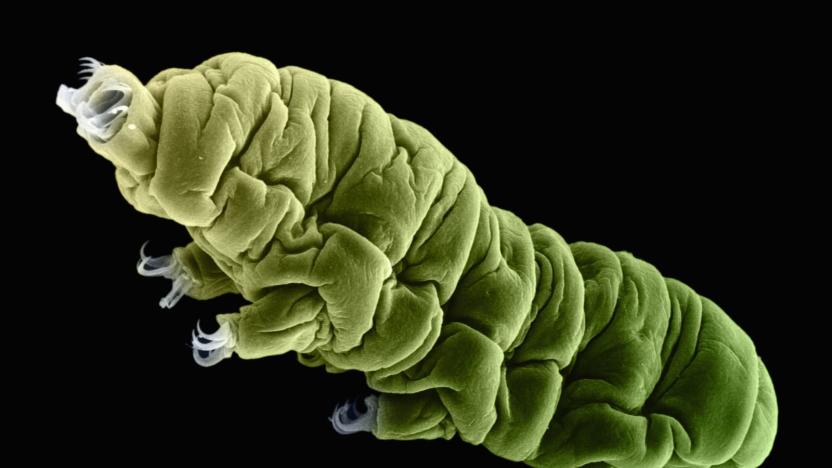
'Water Bear' protein could shield human DNA from radiation
Tardigrades, aka 'water bears,' are microscopic organisms that survive in harsh environments from the antarctic to oxygenless space. They are so robust that Japanese scientists froze a group of them for 30 years and successfully revived two specimens. But to understand what makes these tiny creatures so impervious, another group of researchers took a closer look at their genes. By mapping the entire genome of a particularly stress-tolerant tardigrade species, Ramazzottius varieornatus, they found a protein that protects DNA from being irradiated — which could be used to shield humans.

23andMe health study needs 5,000 Nevada volunteers
A year after the FDA loosened limitations on what genetic analytics company 23andMe could offer consumers, the company is embarking on a groundbreaking study of 5,000 people across Nevada. In partnership with the not-for-profit healthcare provider Renown Health and the Desert Research Institute (DRI), the survey will combine health, population, genetic and environmental data for a comprehensive look at the various influences nature and nurture have on people's wellness.
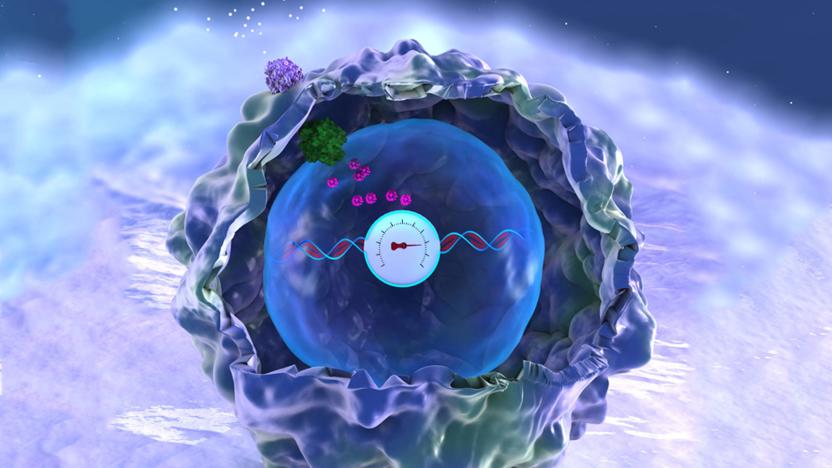
Gene editing records 'memories' in human DNA
Scientists have been recording data in DNA for a while, but it has usually involved bacteria and other simple organisms. MIT, however, just took a big leap forward. Its researchers have used the CRISPR gene editing technique to record histories in human cell DNA for the first time. They've crafted a gene circuit that only expresses an enzyme when it's near a key immune cell molecule, building up mutations the more it's exposed to that molecule. All you have to do to extract "memories" is to sequence those genes. They'll tell you whether or not there was a lot of inflammation, for instance.
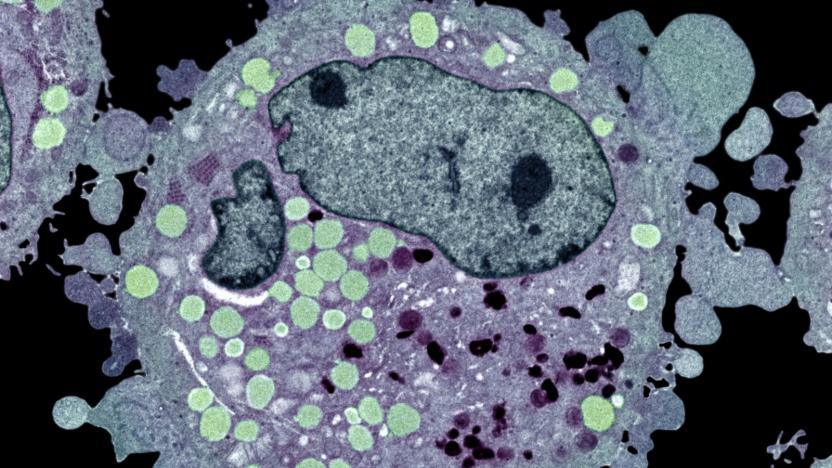
23andMe helps identify genetic links to common skin cancer
The team at 23andMe is clearly going out of its way to show that huge amounts of volunteered genetic data can boost medical research. Scientists at both 23andMe and Stanford used data from consenting customers to conduct the largest ever genetic study of basal cell carcinoma, the most typical form of skin cancer, and made numerous discoveries. They found 14 previously unidentified genetic associations with the cancer, some of which might pinpoint when you're at increased risk. Some gene regions linked to basal cell carcinoma have a larger effect on the young, hinting that environmental factors might play a greater role in getting the cancer as you age. Also, a gene marker's interactions suggest that your risk goes up when you have black or brown hair, and gene areas that maintain telomeres (chromosome ends) played their own part.
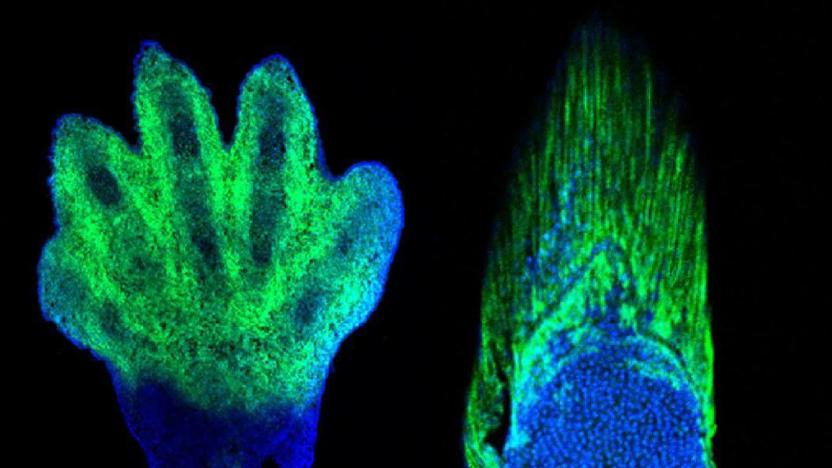
Gene editing helps spot evolutionary link between fins and hands
Gene editing technology isn't just useful for curing the world's ills, it seems. University of Chicago scientists have used the CRISPR technique to discover a key evolutionary connection between fins and hands. Researchers edited fin-related zebrafish genes to make the appropriate cells glow as they develop, and discovered that there's a similar glow in a mouse's digits. In other words, there's a strong similarity in the genes governing fins and digits -- they're both telling embryonic cells to show up at the end of an appendage.

23andMe data helps find genetic factors behind depression
Genetic samples from 23andMe users have contributed to scientific discoveries before, but never quite like this. Researchers have used gene samples from 307,354 23andMe customers to identify 32 genetic factors (15 genetic loci and 17 nucleotide polymorphisms) linked to major depressive disorder among people of European descent -- the largest-ever study of its type. The data hints that genes responsible for developing neurons may correspond to those triggering this form of depression, and that the genetic areas associated with depression may play a part in other mental disorders, such as schizophrenia.
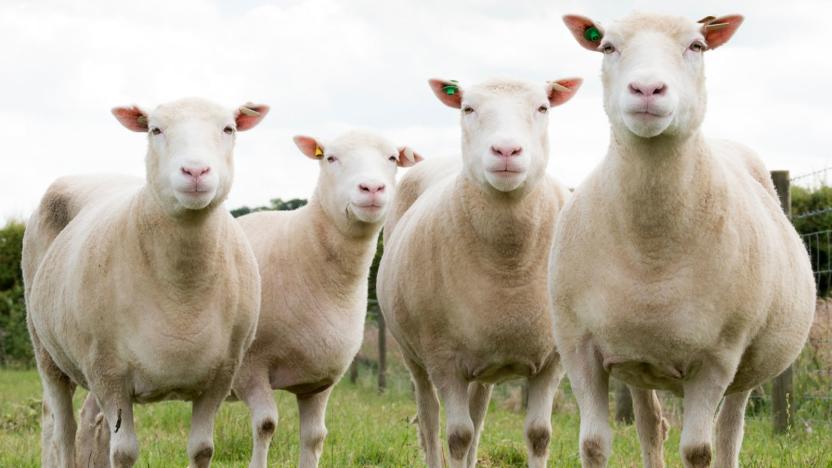
Dolly the sheep's clones are healthy, thank you
When Dolly the cloned sheep fell victim to premature aging, lung disease and osteoarthritis, that triggered many fears. Is cloning safe? Would her fellow clones also meet an early end? Apparently, you can relax. A University of Nottingham study shows that four of Dolly's genomic clones (Daisy, Debbie, Denise and Dianna) are healthy, with no conditions that suggest they're aging too quickly. Some showed early signs of osteoarthritis, but that's normal for their advanced age. In short: cloning, if all goes well, is safe.
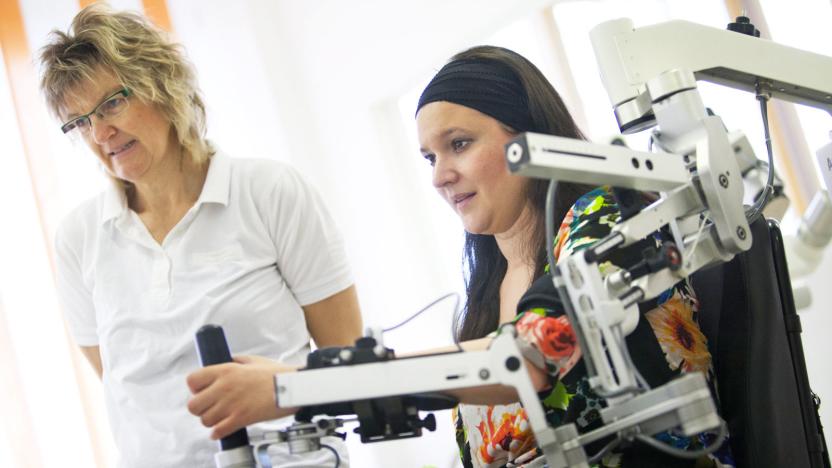
MIT: More collaboration is needed to fight disease
As anyone who follows science knows, a lot of the fields have blended together. Medical research is dependent on robotics and other technology, while computer engineers are building neural networks that mimic our brains. To get everyone working together, leading MIT scientists, including President Emerita Susan Hockfield and Nobel Prize winning geneticist Philip Sharphave, have drafted a paper called "Convergence: The Future of Health." They believe the federal government, academia and industry must grasp the importance of overlapping research and fund it appropriately.

CRISPR gene-editing approved for first human trials
A federal ethics and biosafety panel has approved the first ever human trials of the CRISPR-Cas9 gene editing technique. Researchers from the University of Pennsylvania aim to modify the immune system "T cells" in patients, helping them better fight off several kinds of cancer. The work will be funded by the Parker Institute for Cancer Immunotherapy, founded earlier this year by tech billionaire Sean Parker. While the federal ethics panel nod was a big hurdle, researchers still need approval from the FDA and the hospitals conducting the studies before they can start.
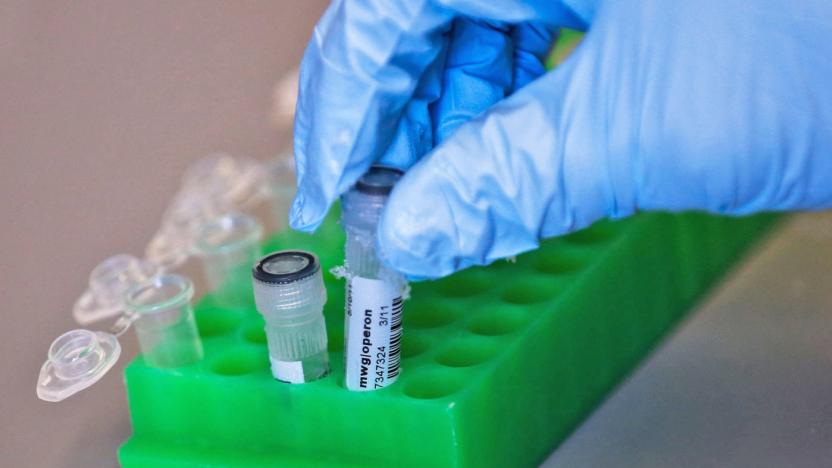
Gene-edited organisms aren't ready for the real world
Gene editing holds the promise of eliminating diseases and perfecting humanity, but is it truly ready for real life? Not by a long shot, if you ask the National Academy of Sciences. It just issued a report warning that organisms modified with gene drives (that is, genetic additions meant to propagate through reproduction) "are not ready" to be released in the wild. We don't understand enough about how they work, the report says, whether it's their inner workings, their ethical questions or their impact on the environment.




